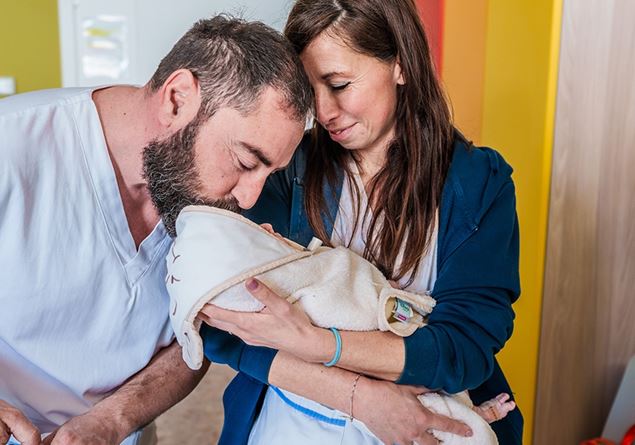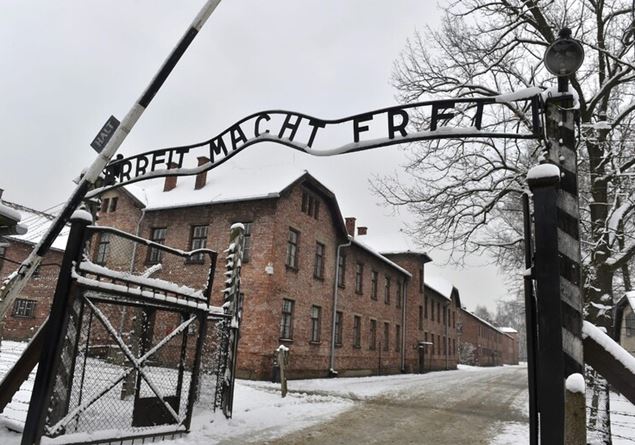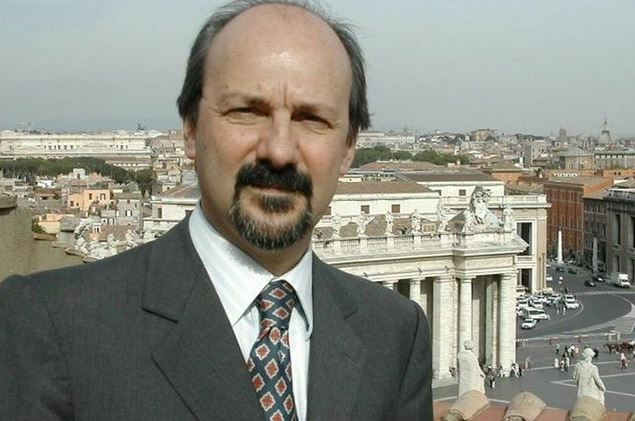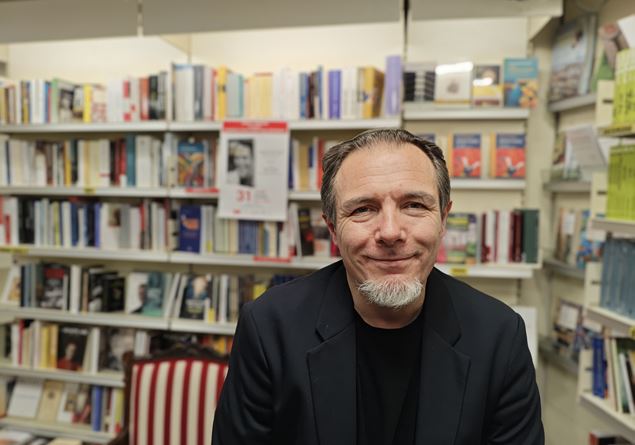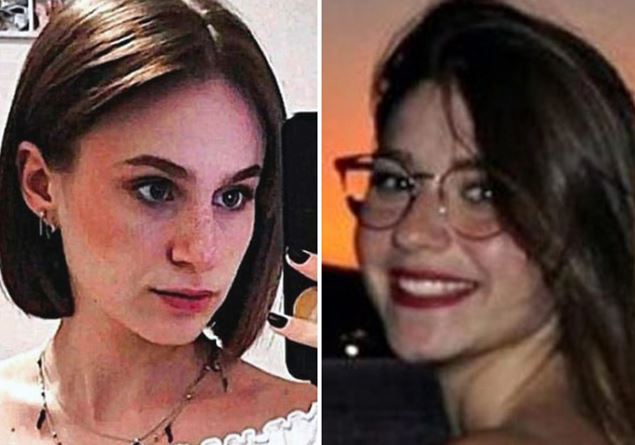«Returning to the commemoration of Auschwitz, 80 years after my liberation, will not be easy, but I will be there. I have a duty to be present to testify, “says Michael Bornstein, who survived only 5 years in Auschwitz, a place where the unimaginable became reality, as he himself says, among the protagonists of the Docufilm Auschwitz: the last days before the direct liberation From Max Serio, on History Channel on January 27 (Channels 118 and 409 of Sky). Which explains: “I start from the entrance of the first Russian soldier in the field, near today’s Oswiecim, Poland, who observes the horror of the genocide committed by the Nazis. Under a gray sky, like the snow mixed with ash, the soldiers found 7 thousand prisoners. Exhausted. Almost incredulous to exist. It was the afternoon of January 27, 1945 ». The first minutes capture the shock of the red army in discovering, by chance, the immense mass extermination machine, speculate to that of the prisoners, bewildered at the sight of uniforms other than those of the SS. “There were skeletons covered with hungry and sick skin. There were dizzying pyramids in the field. One of clothes, another of pots and pans and one still of human jaws. It was horrible, but I had to immortalize him, “says Alexander Vorondsov, Russian photographer. Eco Vasilij Petrenko, commander of the 100th Infantry Regiment, echoes him: «We offered their bowls of soup. They slipped into the fingers and suck its nourishment as if it were sap ».
On January 12, 1945, the Soviets sparked an offensive against the Nazis. Objective: get to Berlin. “However, there is not a single word on Auschwitz in the documents of the Russian army. Nobody knew that place, at least until noon on January 27th. And this “, adds Serio,” we also found it among the deportees interviewed. For this reason we have put the emotions that transpire from the stories of prisoners and liberators to the center. It was also essential for us to investigate the other side of the medal and in these two years of work we have collected the testimonies of the caricini and the inhabitants of the place. Singular, but of stimulus for the documentary, was to turn simultaneously to Jonathan Glazer who with the area of interest (two Oscar prizes in 2024, editor’s note) tells the life of Rudolf Höß, commander of the Lager “. Starting from 2000 in Italy – and from 2005 in the world -, on January 27, the date of the liberation of the extermination camp of Auschwitz, the day of memory is celebrated, not to forget the Shoah and the millions of victims that produced. This is also the day of airing of the documentary by Serio on History Channel: “We will have the honor of projecting an extract in the Polish museum, where they will be present”, the director says, “over 60 delegations, including the Italian one led by President Mattarella ».
The production of the docufilm took place in synergy with the Museum of the field, also because the screenwriter Marek Zajac is secretary of the International Council of Auschwitz and president of the foundation of the same name. Thanks to this link, there are images shot in the areas of the lager inaccessible to visitors. In addition, by means of a thrilling editing, “I wanted to move the consciences of young people. For this reason, going against the opinion of some historians, we made the images and vintage videos in black and white in a color, “underlines Serio. Which concludes: “The film ends with the testimony of Stefania Wenik, who turns 80 in these days. It was conceived a few weeks before the mother was deported and managed to save herself and her daughter hiding her bellysince pregnant women were intended for gas chambers ». «Today they are a great -grandmother of 14 grandchildren. I was born in the heart of hell, but even there has managed to be born hope », concludes Stefania.


